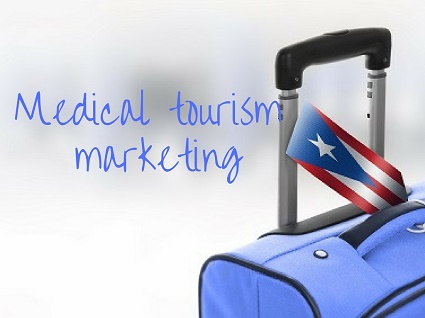Your cart is currently empty!

Digital Marketing for Medical Tourism
What do Puerto Rico, Spain, Thailand, and Arkansas have in common? Medical tourism. Or rather, the combination of high quality medical care, low costs, and beautiful scenery that makes a place suitable for medical tourism.
Medical tourism is the increasingly common practice of choosing a place like Little Rock or San Juan for elective surgery. Since the cost of a procedure like a knee replacement can vary enormously from one place to another, a patient may be able to choose to travel to Thailand for a couple of weeks and have the surgery plus a tropical vacation for less than they’d pay for the surgery in their local hospital.
Medical facilities in likely medical tourism destinations may have a challenge when they decide to set up a marketing campaign. Where will they place their ads? How can they focus on low costs without sounding like a discount option? How will they avoid sending a message to local patients that may seem frivolous to people who aren’t thinking in terms of a vacation/surgery?
Digital marketing is perfect for medical tourism.
One of the great advantages of digital marketing is that you can focus on very specific targets. People considering medical tourism are a very specific group of people. By targeting this market specifically, you can not only increase your ROI, but you can also avoid diluting your brand message. Your regular visitors will not be confused by a sudden vacation vibe if they’re used to seeing a serious medical message.
You can offer specific landing pages, create a specialized Facebook group, or reach out with email marketing or Google Ads remarketing — all to the people who are interested in medical tourism destinations.
Plan an integrated campaign.
If medical tourism is an offshoot from your usual marketing plans, it deserves a specific campaign. For traditional broadcast media, budget constraints might mean that you create one TV commercial spot or one print ad and hope it reaches the right people.
For digital marketing, the lower cost and higher ROI mean that you can include multiple elements in a campaign, increasing the overall effectiveness of the campaign:
- A website or a special landing page at your current website
- Social media with targeted ads or promotions linking to your landing page
- Adwords paid search ads directing people who look for medical tourism options to your landing page
- Content or listings on websites that speak to people interested in medical tourism
- Press releases and blog posts that will show up in search results
- Remarketing, email promotions, or broadcast media directing people to your landing page
Track the results
Use web analytics to track the effectiveness of the campaign and to determine whether you need changes in your strategy. If you find that a blog post describing hotels and restaurants — or your hospital’s accommodations for family members — brings traffic, you’ll know that this is a concern for your target market.
Naturally, you can also link to the primary information pages on your website where you offer information about knee replacements and your hospital’s stats for patient recovery time. Since your medical tourism patients will have many of the same concerns that your local patients have, you can use your existing online assets in the new context of the campaign.
Your web analytics will also show you the geographic data for your web visitors, so you can know which parts of the country or the world are most receptive to your campaign, and use that information to target advertising even more cost-effectively.
So go ahead, use that lush scenery photo to advertise your knee replacement surgery… just be sure you also use digital marketing technology correctly to make your medical tourism campaign effective.
by
Tags:

Leave a Reply